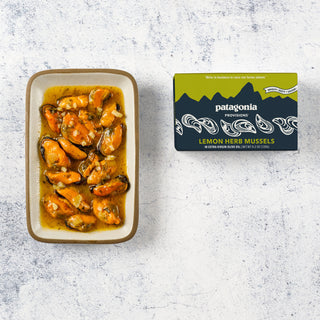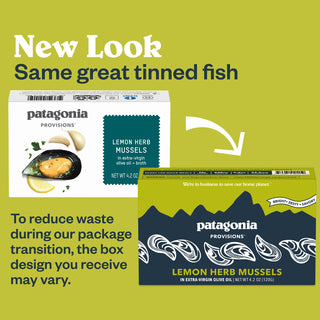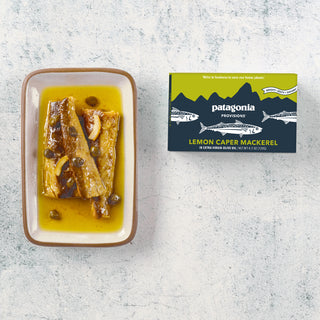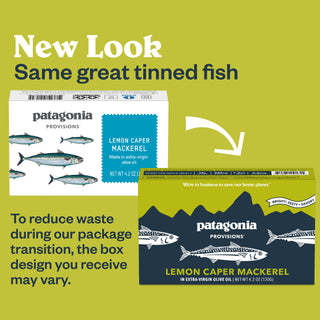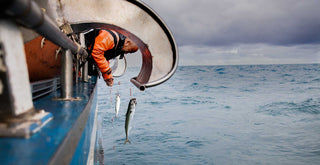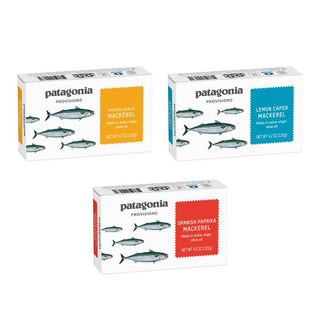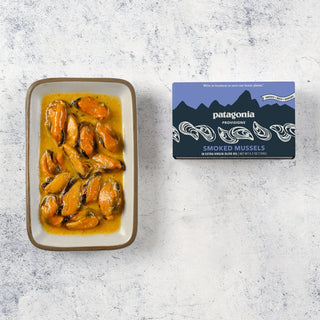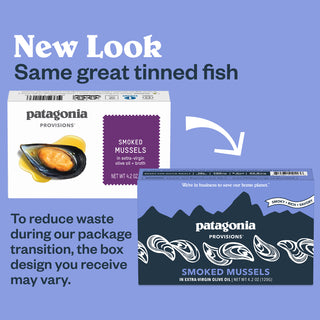We now know that large, apex-predator fish like tuna and swordfish are disappearing from the world’s oceans, mostly due to commercial harvest. These same fish are also known to accumulate and store high levels of mercury and other toxins. The solution, then, for the health of our seas and ourselves, is the same as it is on land—we need to eat lower on the food chain. That’s why we’re so excited about our canned Mackerel, which are responsibly harvested from abundant populations of Atlantic mackerel off the coast of Spain. With their delicate flavor and big, meaty texture, they’re the small fish that taste like large fish.
But there’s another way to put some tasty little fish on your table, and it’s a ton of fun: Catch it yourself. If you live near the coast, or, for that matter, most bodies of water, it can also be remarkably easy. So easy, in fact, that it makes an ideal outdoor activity for the whole family, with a delicious meal as the bonus.
Fishing for bait or forage fish requires only minimal gear, and in most states, a fishing license. Regulations, seasons and types of fish available vary according to location, so the first step is to check the regulations for where you intend to fish. Most state Departments of Fish and Wildlife post harvest rules and guidance on their websites.
Then hit your local tackle shop and head for the water.
In the Pacific Northwest, we use a light spinning rod and reel, and a pre-made, multi-hook leader called a sabiki rig (available at most tackle stores) to catch buckets full of anchovies and herring. Attach a small lead weight to the bottom of the leader and you’re good to go. You can fish from docks, piers or boats, looking for small dimples on the surface that indicate schools of feeding forage fish. Cast into the dimples, jig your rod tip, and more often than not, you’ll come up with anywhere from one to six wriggling, silver fish on your hooks.
The anchovies are unbelievably good rolled in flour, dipped in egg wash and coated with cornmeal, then fried hot and fast in peanut or grapeseed oil, which allow you to cook at a higher temperature than regular vegetable oil. The classic pickled herring makes mouths water at any gathering, but they’re also great brined and smoked.
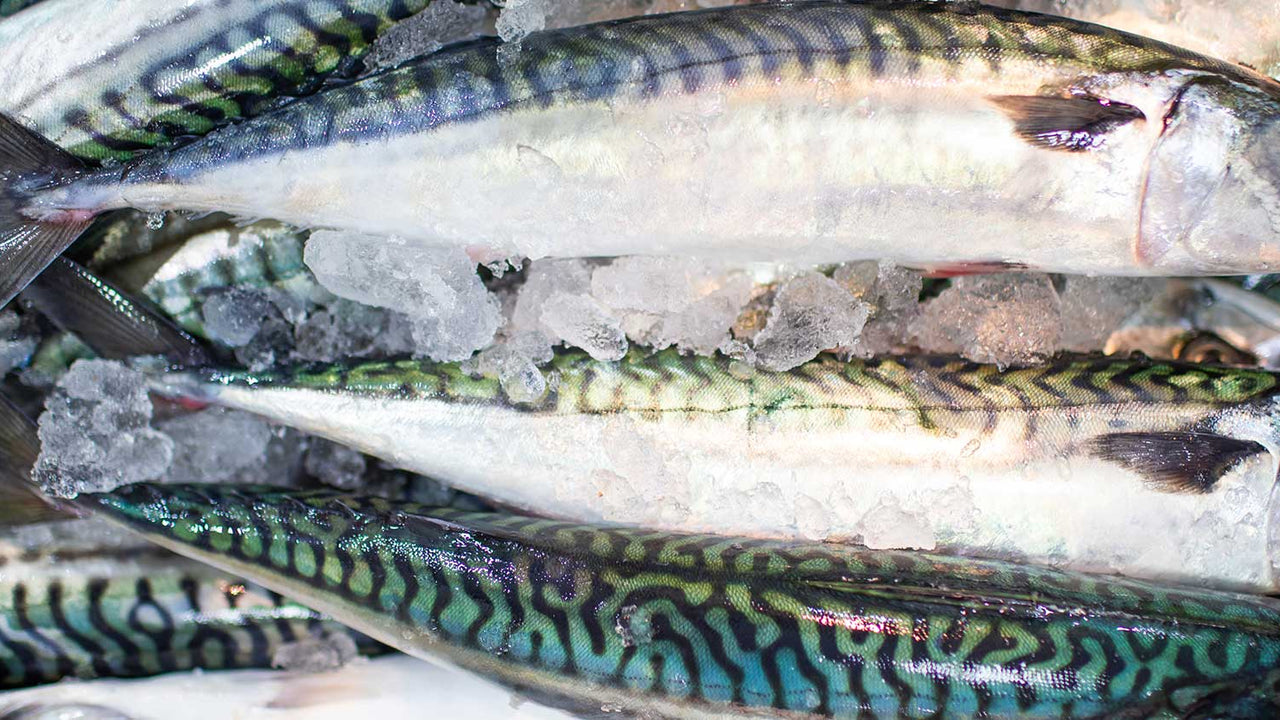
On winter nights in Puget Sound, you can find large quantities of squid. Visit a lighted dock or pier—there are many along the Seattle waterfront—around the high tide and check out the action. You can use the same rod and reel as above, rigged with one or more squid jigs, which are inexpensive and found at most local tackle shops. It’s a great excuse to get outside on winter nights, and if you hit it right, you’ll come home with the main ingredient for crispy calamari fritti.
Wherever you live, there are most likely great-tasting, lesser-known species of small fish available for harvest and fantastic meals. There are surf smelt—usually caught on ocean beaches with small, hand-held nets—up and down the Pacific coast. In Southern California, the famed grunion run, where the only harvesting equipment allowed is your own two hands, is a longstanding tradition for locals. Pacific mackerel are abundant, savory targets for sabiki-wielding anglers in harbors and nearshore waters as well. From the Columbia River north into BC, there are eulachon smelt, also known as candlefish, which run the rivers in late winter and are harvested with long-handled dip nets.
Inland, there are options as well. Bluegills, perch and crappie, while not technically baitfish, are small, abundant and delicious. Many rivers and lakes across the country are full of whitefish and suckers, both of which make surprisingly good table fare. (Note: If you ever run into Provisions founder Yvon Chouinard, be sure to ask him about his sucker fishing and eating exploits.)
On the East Coast, options range from mullet and mackerel to Atlantic herring and more species of small, schooling, forage fish than we can count. Most of these fish can be harvested with sabiki rigs or throw nets, often from docks or shore.
In short, if you’re trying to reduce your impact on the oceans but still love eating fish, there are plenty of choices. An open mind, a little research and some small investments in gear are all you need to start a fun, satisfying food adventure. Just remember to check state regulations before you go. See you on the water!


